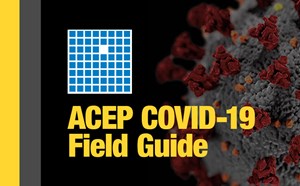Policies

Board Approves New Policy Statements on Gender Diversity, Interference in Patient/Physician Relationship, Liability and More
Many new and revised policy statements were up for review during the Board’s June meeting. The following new statements were approved and can be viewed in full at acep.org/policystatements: Caring for...




